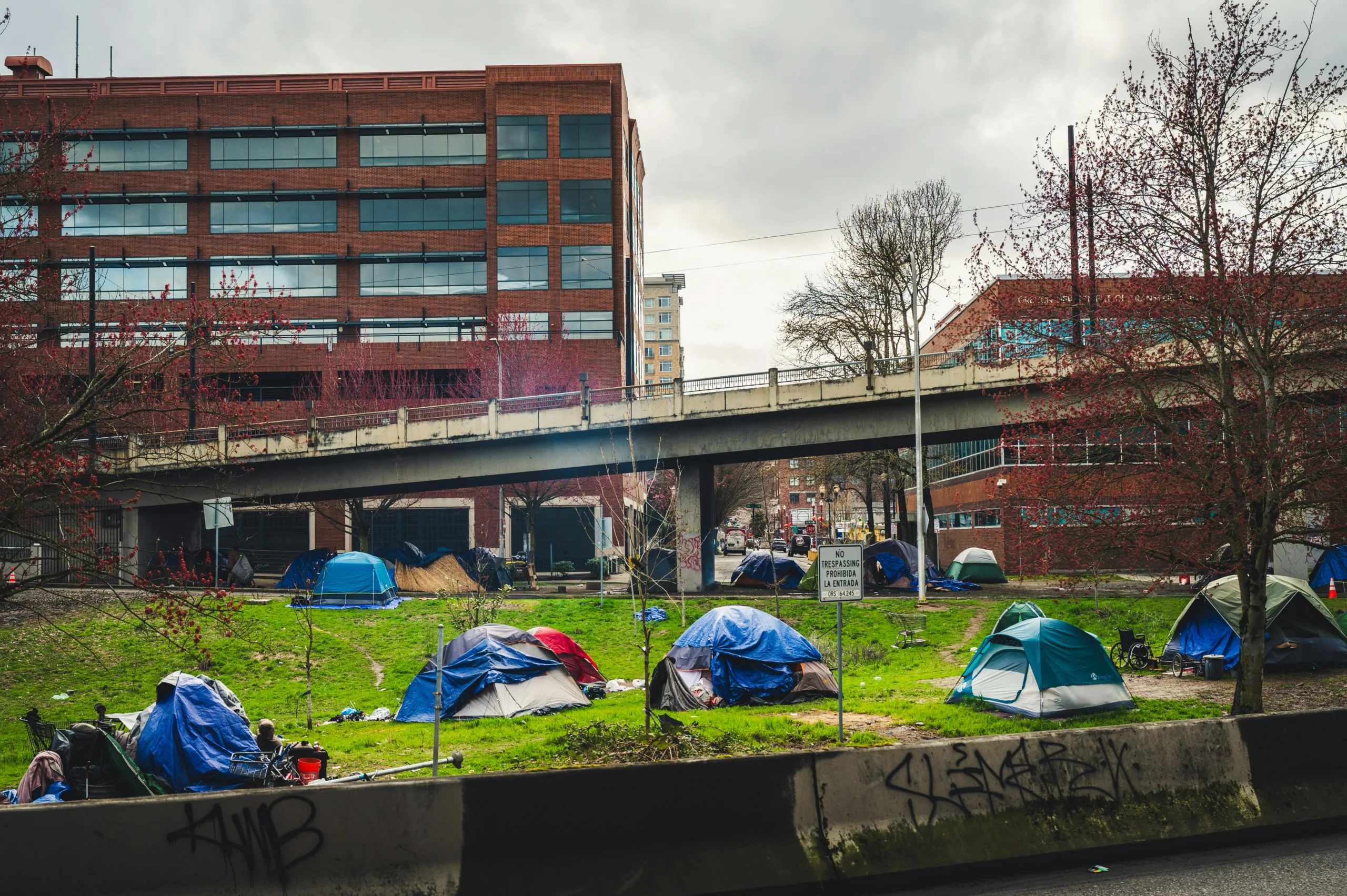- HUD plans to overhaul its $3.5B Continuum of Care program, slashing funds for permanent housing by two-thirds and redirecting aid to mental health and addiction treatment initiatives.
- Aid will prioritize treatment-first models, requiring recipients to engage in addiction or mental health services, potentially disqualifying thousands currently housed through the program.
- The proposed changes could affect up to 170K people, many of whom are disabled and over 50, prompting concerns from housing advocates about a surge in homelessness.
A Major Policy Pivot
In a sweeping move, the Department of Housing and Urban Development (HUD) is poised to drastically cut support for permanent housing, reports Bisnow. This marks a departure from more than a decade of federal homelessness strategy in favor of treatment-based programs. The $3.5B Continuum of Care program would be reshaped under changes outlined in a forthcoming 100-page notice.
While HUD has not officially confirmed the changes, reporting from The New York Times provides insight into the agency’s direction. The agency is expected to emphasize mental health and addiction services, work requirements, and enforcement of public camping bans. These priorities would take precedence over long-term housing support.
What’s Changing
The Continuum of Care program is the main federal funding source for homelessness, primarily supporting permanent housing for disabled individuals. Under the proposed rules:
- Permanent housing aid would be reduced by two-thirds, with funds redirected to services limited to a two-year window.
- Housing assistance would be contingent on treatment participation, and recipients would face work requirements.
- Programs in cities with public camping bans would be prioritized, as would efforts to clear homeless encampments.
- Grant renewals would be limited, with automatic funding for existing programs dropping from 90% to 30% of the prior year’s budget.
Advocates warn the changes could destabilize housing for thousands and make it harder for noncompliant programs to keep funding.
Get Smarter about what matters in CRE
Stay ahead of trends in commercial real estate with CRE Daily – the free newsletter delivering everything you need to start your day in just 5-minutes
Critics And Concerns
Homelessness experts and advocates warn the shift from “housing first” principles could put lives at risk. The model, endorsed by multiple administrations since 2009, centers on providing stable housing before requiring treatment or employment.
Ann Oliva, CEO of the National Alliance to End Homelessness, warned that the changes could allow HUD to “effectively end funding for any program it doesn’t like.” She cited vague language around issues such as “racial preferences” and “sex binary” compliance.
Supporters like the Cicero Institute argue housing-first strategies ignore root causes such as addiction and mental illness. They say a treatment-first model will promote accountability and long-term recovery.
Political And Fiscal Context
The proposed reforms come amid a broader tightening of HUD’s budget. An initial Trump proposal sought a 44% HUD cut, but final legislation reduced the department’s budget by nearly $1B instead. The Continuum of Care changes are a reallocation, not a cut, but would significantly impact permanent housing programs.
What’s Next
The final notice is expected in the coming days, but the implications are already being felt. Local agencies and nonprofit providers relying on Continuum of Care funds may have to rapidly restructure services—or risk losing critical support. As the debate over how best to address homelessness continues, the coming months could reshape how aid is delivered across the US housing system.

















